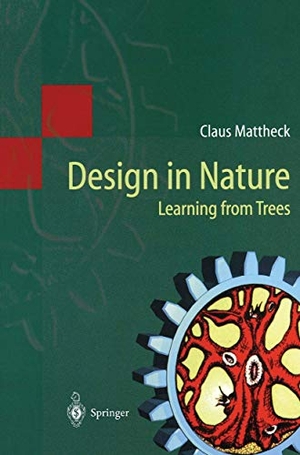Für statistische Zwecke und um bestmögliche Funktionalität zu bieten, speichert diese Website Cookies auf Ihrem Gerät. Das Speichern von Cookies kann in den Browser-Einstellungen deaktiviert werden. Wenn Sie die Website weiter nutzen, stimmen Sie der Verwendung von Cookies zu.
Cookie akzeptieren
- Springer Berlin Heidelberg
- 1998
- Taschenbuch
- 292 Seiten
- ISBN 9783540629375
The chicken bone you nibbled yesterday and threw away was a high-tech product! Not only that: it was a superlative light-weight design, functionally adapted to its mechanical requirements. No engineer in the world has, as yet, been able to copy this structural member, which is excellently optimized in its external shape and its internal architecture as regards minimum weight and maximum strength. The tree stem on which you recently carved your initials has also, by life-long care for its body, steadily improved its internal and external structure and adapted optimally to new loads. In the course of its biomechanical self-optimization it will heal up the notch
Mehr
Weniger
zzgl. Versand
in Kürze